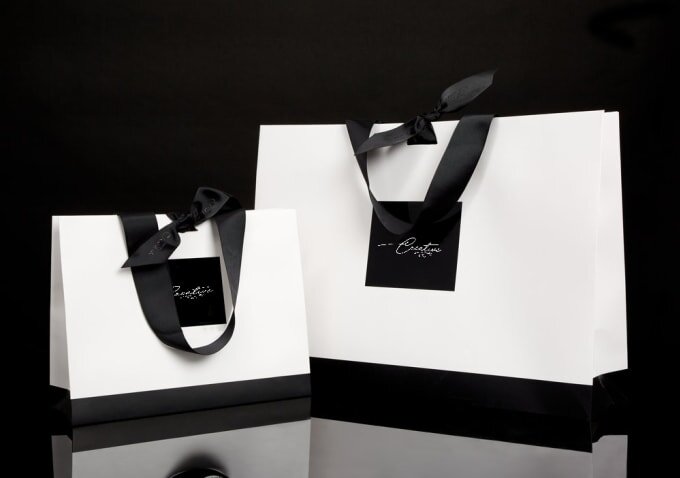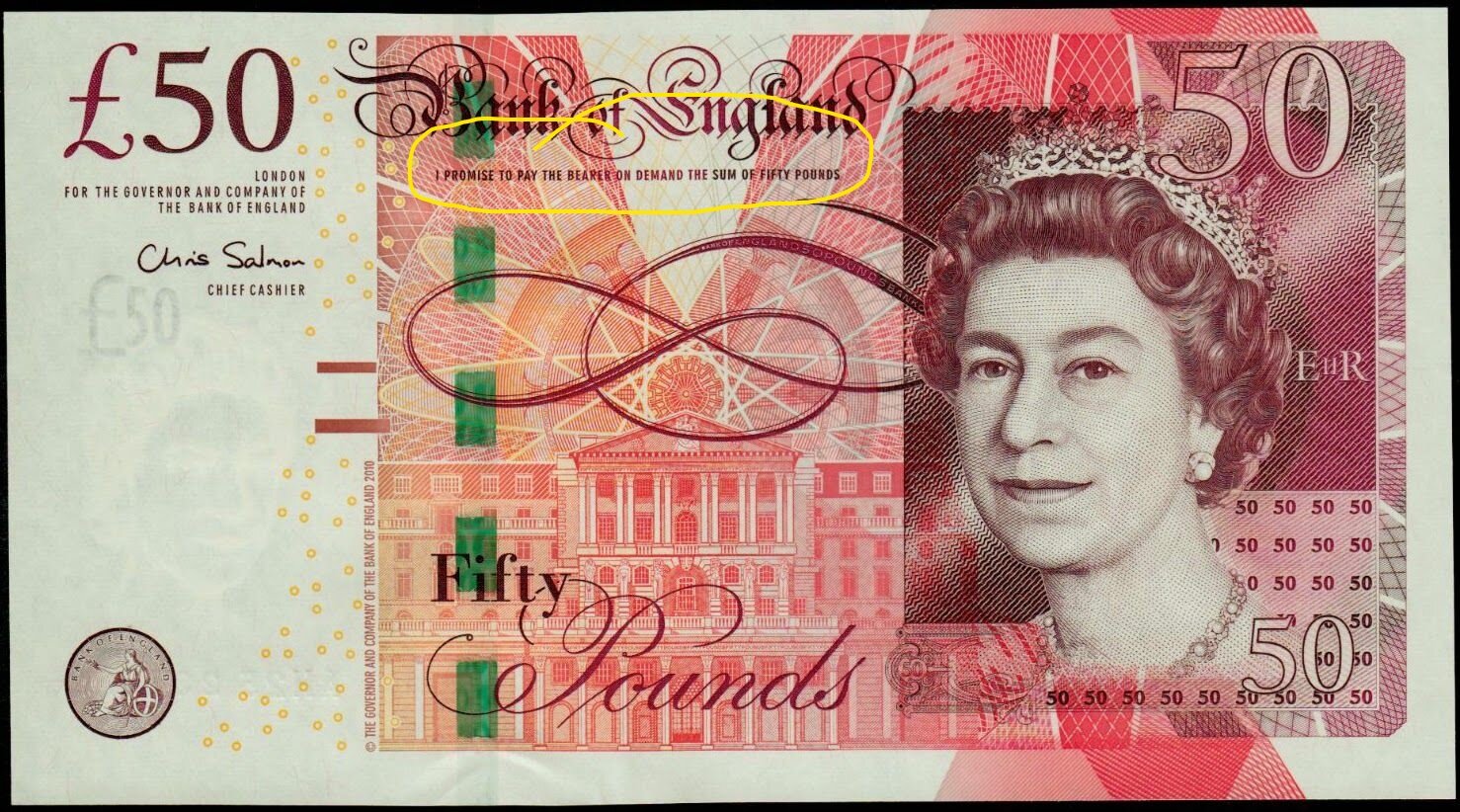I recently saw the new iPhone commercial on TV. You hardly see the phone, but what you see is the exquisite packaging. Why would they do that?
The answer is related to something called Continuity Probability Signalling. Or in other words; sending a message of quality (in this case related to the product, not the product itself) to let you know that Apple products are so special and valuable that they have invested in exquisite packaging to bring it exclusively to you. They’re sending you a message about how highly they value the product, how much respect they have for you and that they are prepared to make the whole experience memorable at their expense. They are investing in a future relationship with you.
Now, on the face of it this seems illogical and irrational. Why would you spend so much on something that isn’t the product and increases your costs massively?
The reason is to enhance the experience and reinforce the qualities and values of the brand. But they are also investing in their relationship with you, the customer, by signalling that they’re in it for the long haul and not just a quick buck.
Luxury Packaging sends a message
If you think about it, why do high-end fashion brands invest in expensive shop bags and packaging for their clothes? Why do luxury cars bring their customers to race-tracks to test the cars? Why do we spend a fortune on elaborate gold-trimmed wedding invitations when an email could convey the same information? The reason is that they want to send a message, a signal to the recipients that their brand or product is special and that you are valuable to them.
In Game Theory, this is called Continuity Probability, and signals the prospect of cooperation is greater if there is a high expectation of repetition. In order to convince a prospective customer that you are invested in a long-term relationship you must show some level of commitment.
Commitment that is over-and-above the short-term gain and commitment that invests in mutually beneficial behaviour. I’m willing to invest more in you at this stage because I can see a long-term future relationship together. That commitment will be a demonstration of the expenditure of some precious or valuable resource. We only invest a valuable resource, such as time, effort, or money if you felt that it may yield a return in the future.
That’s why you get a free mint at the end of an Indian meal, or a free limoncello drink at an Italian. They see value in your loyalty. This is particularly true for small local businesses who depend on this sense of loyalty and, in order to achieve that, they must deliver value over-and-above the value offered by a retailer who doesn’t care or need you to return and therefore has no interest in providing additional value. Why be nice to a customer if you don’t expect them to either return or to spread the word about your product or service.
Small communities depend on trust. Trust and community are essential qualities of any (good) brand. It makes sense where you want to create an ongoing relationship rather than a single transaction. Reputation and respect are bound up in the signals and messages. So, if you expend more effort – time, money, quality, talent, humour, creativity – you send a signal that says “We’ve invested in our future relationship”. It’s a value exchange. I give you an enhanced experience that clarifies my values, you give me your attention and your loyalty.
I PROMISE to pay the bearer
On a wider scale money also is just a product of trust. You have to believe that the paper or coins (or electronic money), because we have to trust what it says (on a UK note anyway), “I promise to pay the bearer”. Trust has future value. If you didn’t care about the future outcome you wouldn’t invest your resources. Those invested resources have to have meaning to the recipient so that they can trust you.
In the iPhone and the wedding invitation example the key difference is between information and meaning. If it were just information then, with the wedding invitation, a simple email with the facts about the who is getting married, the date, time and venue may be sufficient. In the iPhone example, if all you wanted was a smart phone then sending it out in a piece of bubble wrap in an envelope may be sufficient. But if you want to suggest some values and some meaning then you must “enhance” your information. We are more likely to go to a wedding where the invitation has had some precious resource like, time, effort, thought, perhaps humour, and value because it elevates the meaning and begins to tell the story for the event. In the case of the iPhone packaging, it signals that this product is precious, worthwhile and will enhance your experience, and you will become a loyal fan.
Talk is cheap, effort and value are not. Meaning is conveyed by the things we do that are not just in our short-term self-interest but rather by the risks and costs (costs meaning effort) that we put in. If you go out of your way to help someone it is often because you wish to invest in a longer term or future relationship with them and you wish to enhance your status in their eyes. Romantic gestures work in a very similar way. We make an effort for someone because we have a vested interest in the future of that relationship.
Similarly, creativity and humour, effortful resources, become so valuable in delivering meaning and value. They can amuse (rather than inform) they can delight and inspire (rather than inform). Information is cheap, added value is worth something and begs a reciprocal response, loyalty.
In evolutionary biology this sort of behaviour is called signalling theory and examines communication between individuals within a species. The males of a species often develop costly advertising signals, think of a peacock’s tail or the quality of a male bird’s song, in order to attract a mate. This is a costly investment (actually an evolutionary development) in the hope of a future, the continuity of the genes.
Peacocks - fabulous genes
Honesty and credible signals are obviously important for this to be believable. If the male should have cheated, given a dishonest signal, and is found out, then his credibility is shot and possible all those with similar attributes. There is no trust that what he indicates he will deliver now or in the future, i.e. being the alpha male with strong genes to pass on.
Signals thus evolve because they modify the behaviour of the receiver to benefit the signaller. Signals may be honest and conveying information which usefully increases the fitness of the receiver. An individual could cheat by giving a dishonest signal, which might briefly benefit that signaller in the short term, but risks, in the long term, undermining the signalling system for the whole population. Not a good strategy.
Signals must be costly and must be honest in order to convey the correct meaning and to be valuable. Signaling is shaped by the mutual interests between signallers and receivers.
The Cold War & Mutally Assured Destruction
To take this one step further, during the cold war, when the threat of nuclear at it’s highest, the only deterrent was a belief that what each side was threatening they were prepared to act out. Mutually Assured Destruction. If either side believed that the other was unable or unwilling to launch their missiles then they would have the advantage. But the “signals” or messages they sent out, had to be believable and “trustworthy”. Each side had to believe that either side would be prepared to carry out their threat. It, perversely, depended on trust, and belief, in a future action.
Now I know that it’s a long way from iPhone packaging to nuclear war, but both depend on the same principles of trust and signalling.
It’s the type, strength and consistency of signals we send out, with our products or our negotiations, that matter.
Both require credibility, consistency and effort invested in a future relationship.
Trust depends on believing that what they say they might do.





